Article by Victoria Wood
Restaurants might be out of bounds for dinner at the moment, but lunch and tapas are still on the menu. Here are our favourite winter warming tapas.
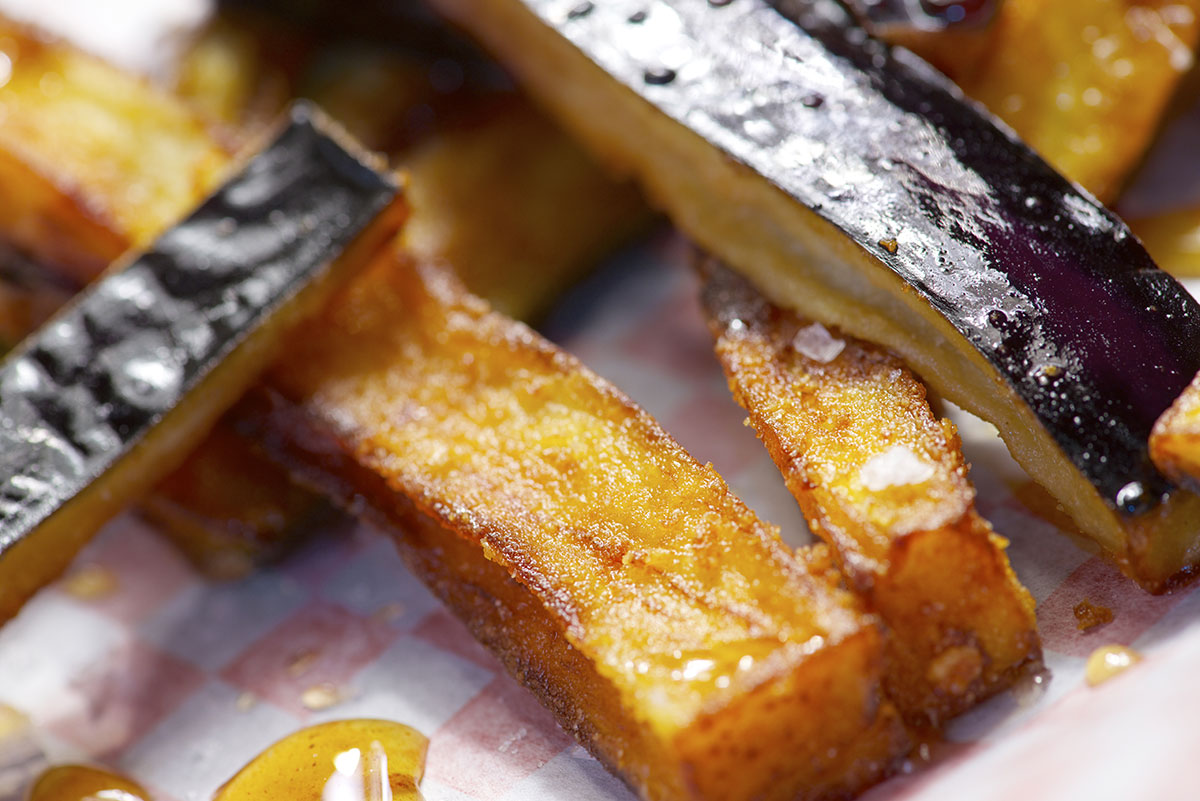
The tapas concept has humble beginnings. A bartender would place a slice of bread on top of a customer’s beer to prevent the flies or dust from settling in their drink. Some would end up eating the bread as a snack to soak up some of the beer, eventually this evolved into added extras being placed on top of the bread ‘lid’ which eventually became a mini plate of sorts on which to serve olives, cheese, slice of ham, etc. From here the small dishes became what we know as tapas – literally meaning tops, or lids!
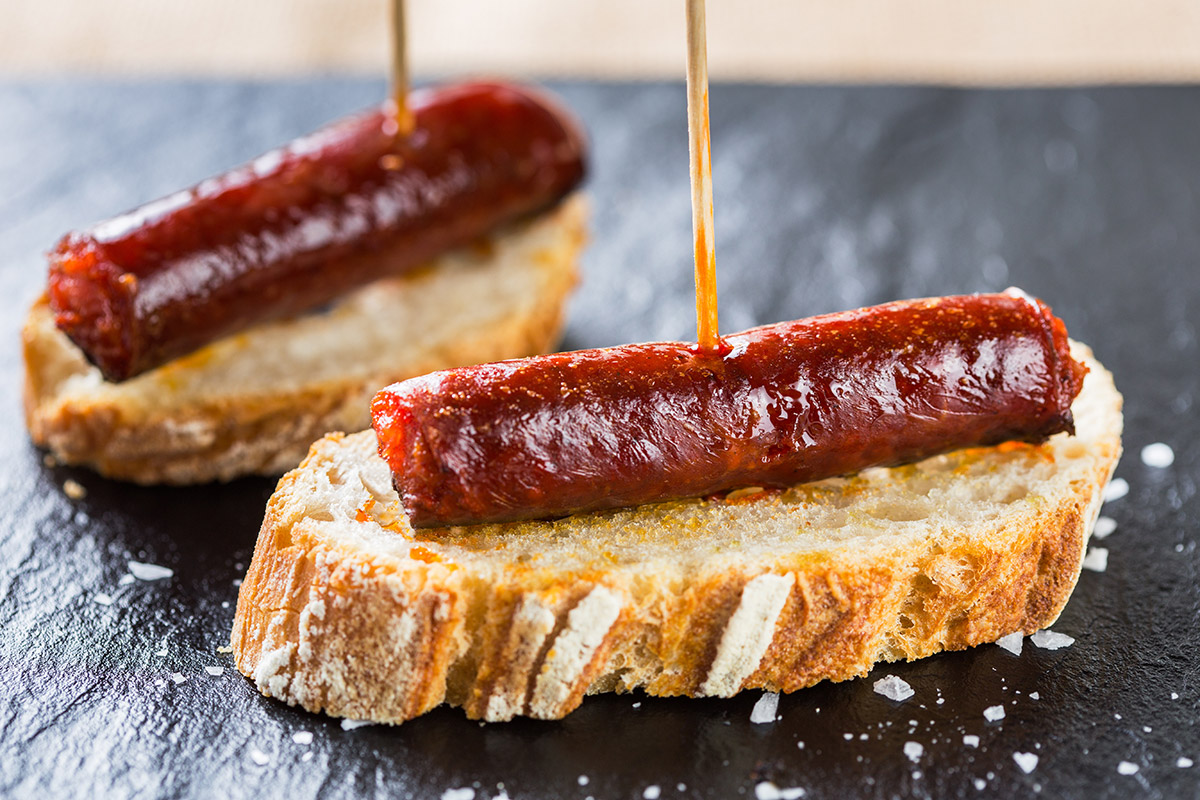
Whether you’re trying these at home or heading out for lunch, these are some of the top winter favourites every tapas-lover should try this season.
Jamon Serrano & Manchego Cheese
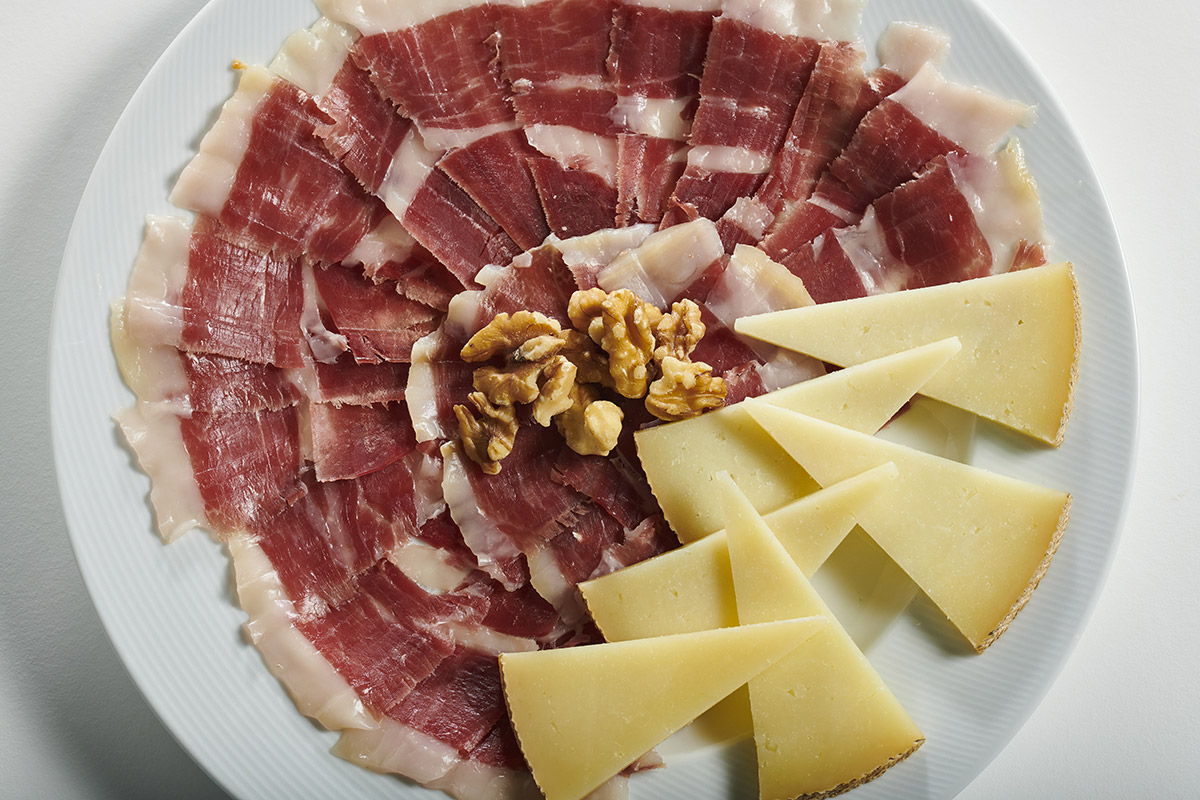
Go for a top quality platter of these two, and you’ll find a match made in heaven. Jamón Serrano should be derived from acorn fed free range pigs that has been cured and hung for at least 12 months to get the best in flavour and tenderness. Lay out some paper thin slithers alongside some triangles of aged Manchego and you have a traditional, typically Spanish tapa or entrée.
Dátiles con Beicon
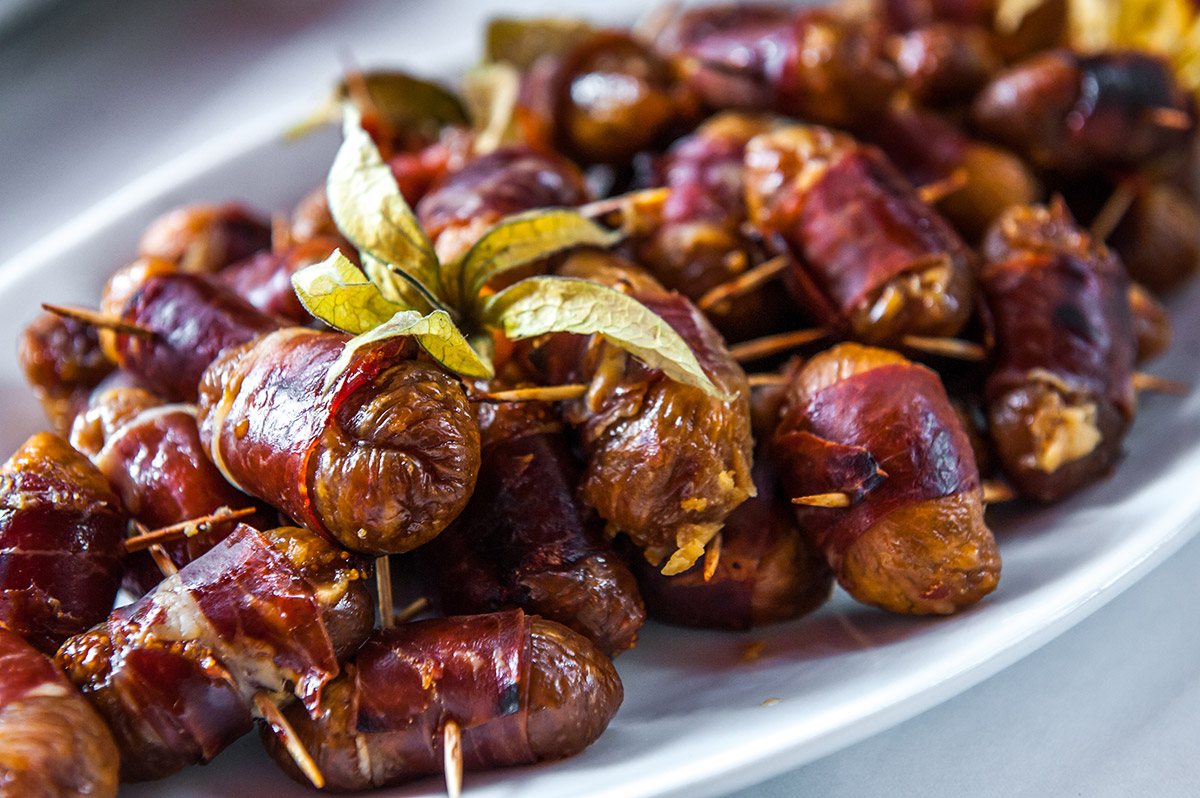
Another classic, Dates with Bacon, is a simple dish that is synonymous with Spanish winter menus. Select the finest Medjool dates and ensure the pips are removed before you wrap them in a thin slice of streaky bacon or pancetta. When wrapped in their blankets you can place them under the grill and serve once the bacon is crisp and cooked. If you want to up the game you can stuff the dates with chopped chestnuts, onion and herbs, or Manchego cheese and chopped almonds.
Croquetas
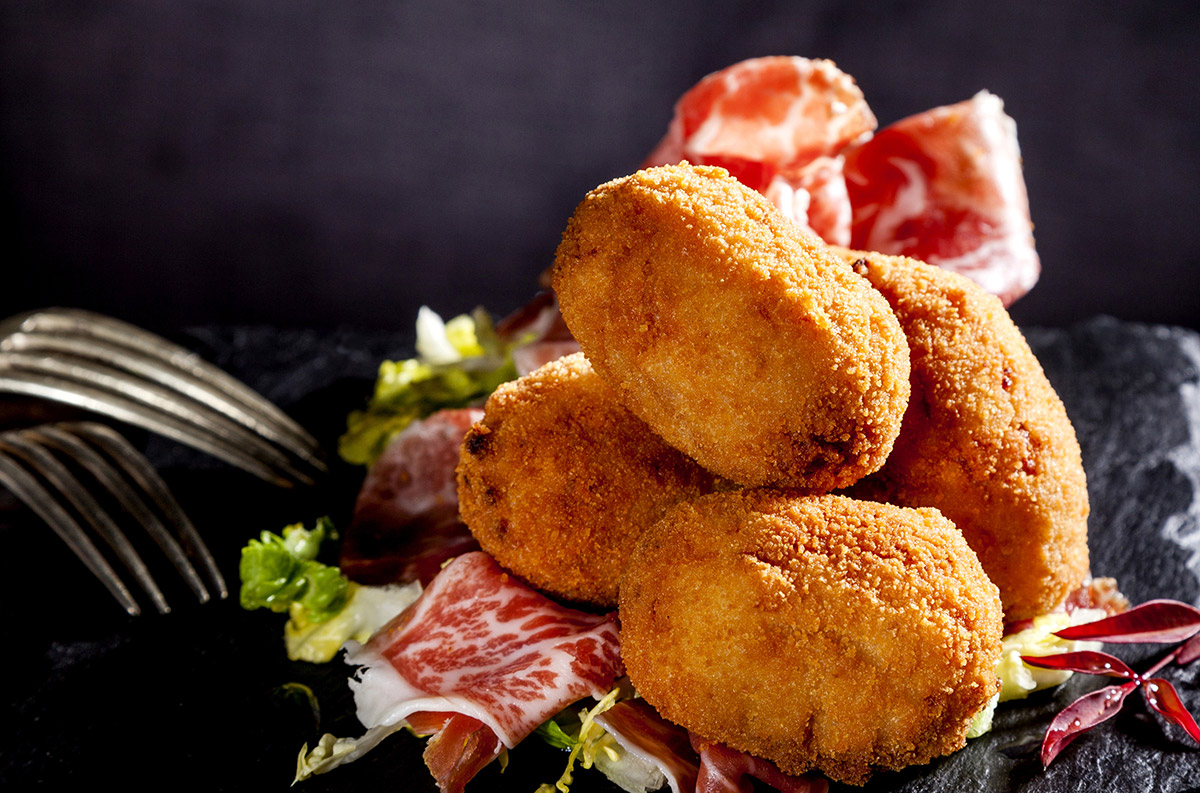
You will find these little Spanish staples on just about every menu in the country all year round. The traditional croquettes are a clever way of using up leftovers; basically anything combined with mashed potato and creamy bechamel-style sauce. Common fillings include chicken, mushrooms, spinach, squid & its ink (choco), and ham. The delicious mixtures are then coated in breadcrumbs and fried until golden brown and crispy on the outside, smooth and sumptuous on the inside. Often served with ‘aioli’ or mayonnaise dip.
Berenjenas con Miel
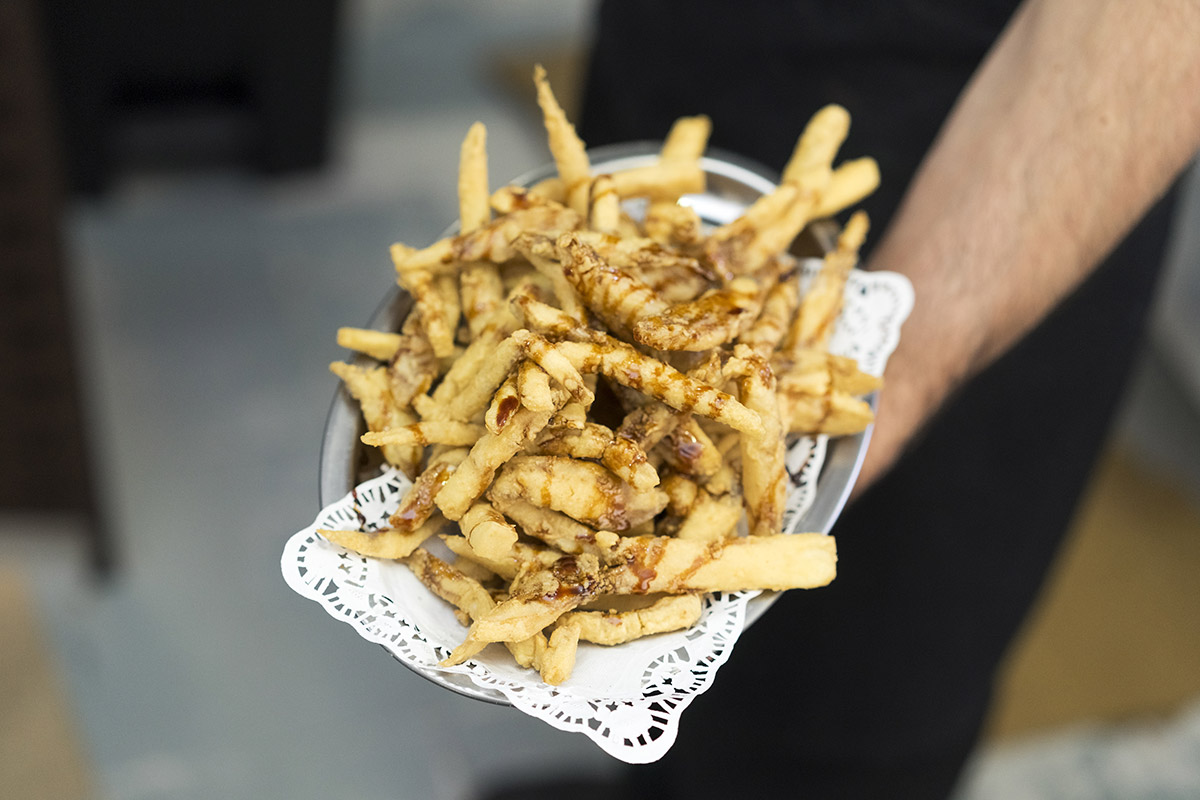
This translates as “Aubergines with Honey”, yet the traditional way to serve them is not with your typical honey but miel de caña, or cane honey, which is a runny, dark coloured syrup with a rich, deep flavour similar to molasses. The aubergines are thinly sliced, battered and fried then served drizzled with the syrup and sometimes sesame seeds, combining a delicious combination of sweet and sour. They are often served as a starter, tapas, or side dish and have Moorish origins but became popular in the provinces of Córdoba, Málaga and Jaén. A must try.
Gambas Pil Pil

A firm favourite with locals as well as tourists, and practically anyone who likes prawns, garlic and a little heat. These should be served sizzling and bubbling hot in oil with heaps of chilli, paprika and garlic and there’s always plenty of sauce to be soaked up with bread after you’ve devoured all the prawns. The dish is of Basque origin but is found throughout the country as a staple dish on most menus. The term Pil Pil is the Basque name for the sauce the prawns are cooked in, however the inclusion of the seafood is claimed by both the Basques and the Andalucíans. The hot spicy peppers were originally brought in from the north of neighbouring Africa.
Albondigas en Salsa
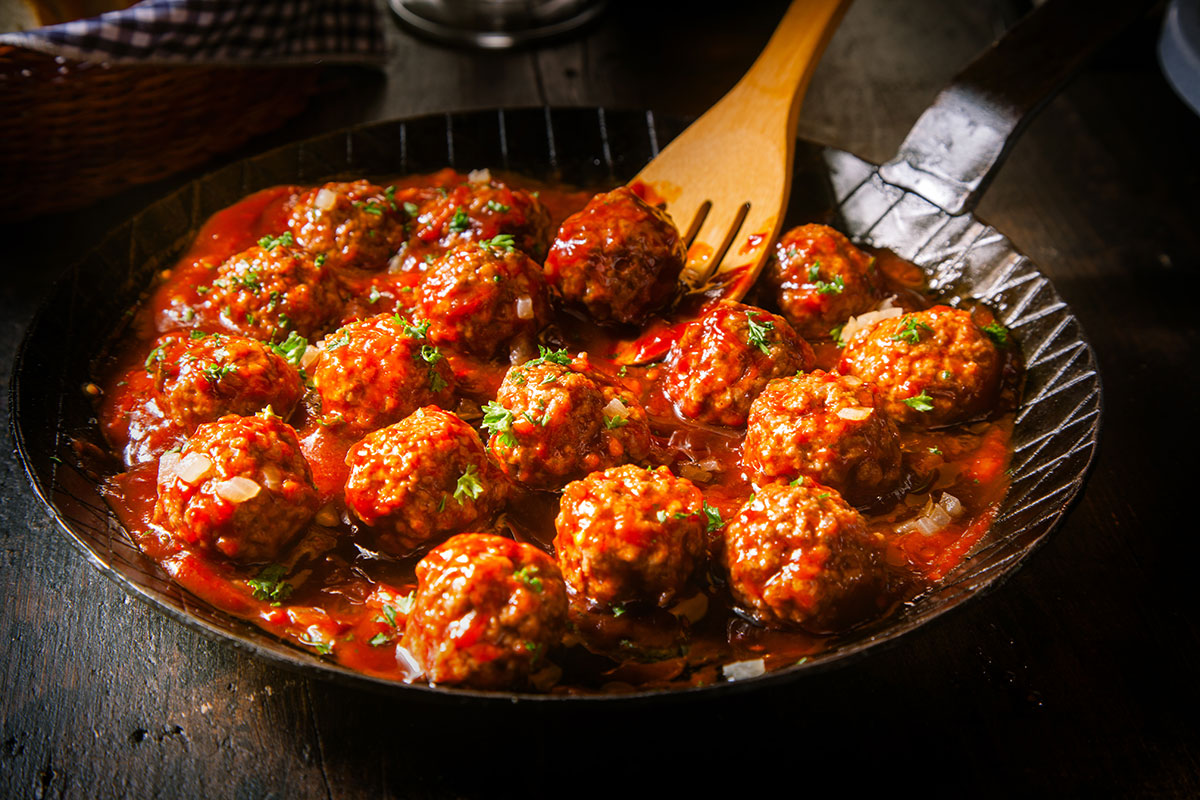
These are literally translated as “Meatballs in Sauce” and while this may not conjure up the most incredible pictures in the mind, they are a staple in most tapas bars in and around Spain. Every family has their own recipe and way of doing them, and most are simply delicious. The variations generally come from the ingredients in the sauce, and perhaps the meat they are made from (which is left to the creator’s preference). A traditional version of the sauce is made from simple ingredients such as onion, carrot, garlic, flour, white wine and olive oil. Others play with the tomato as their base, and some use almonds as the main flavour and texture provider.
Potaje
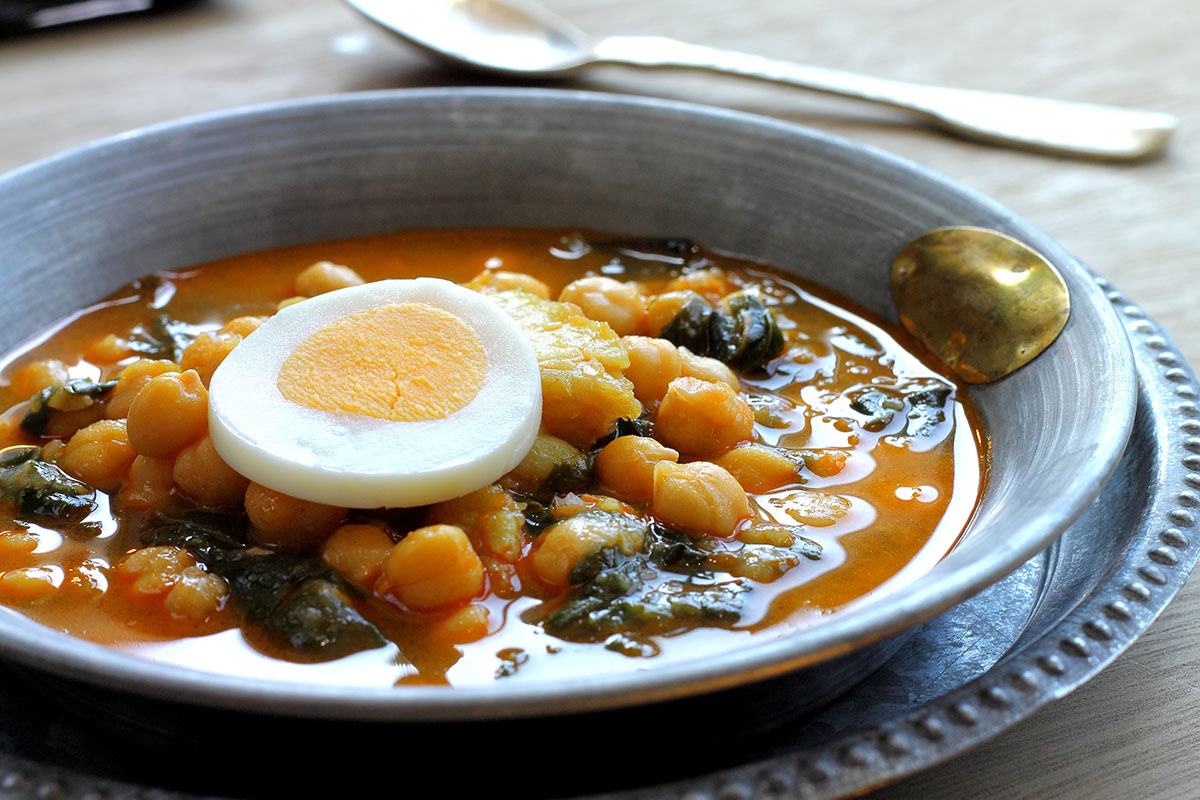
Literally meaning “soup”, but offering more of a stew-like depth and consistency. This is one for the winter months as it is a heart, mind and body warming dish containing whatever seasonal ingredients happen to be available. For this reason the dish varies considerably from place to place, often involving local plants that have been foraged from the countryside and a good helping of pulses – either chick peas, white beans or lentils in a stew/soup type dish. Chorizo or morcilla or even tripe (callos) may feature, as may smoked ham hock, chicken or other local meats, but this can also be simply a vegetarian affair with potatoes and greens. A typical dish for labourers to fill them up during their lunch break and prepare them for the remainder of the working day.
¡Buen provecho!



































































